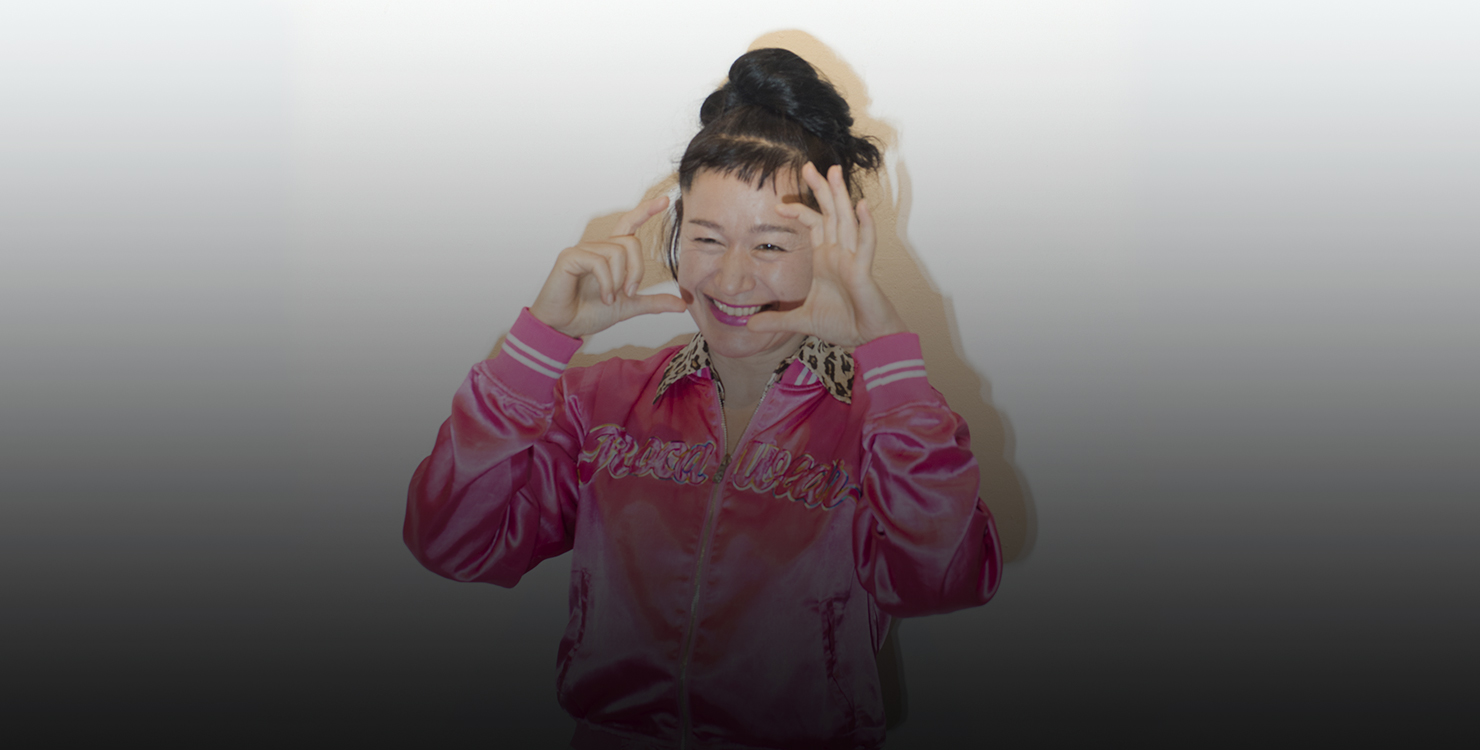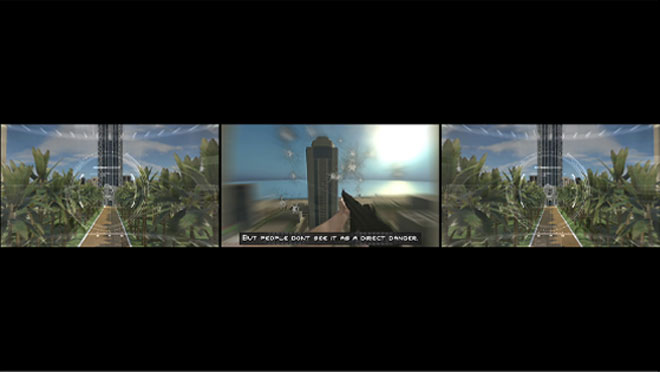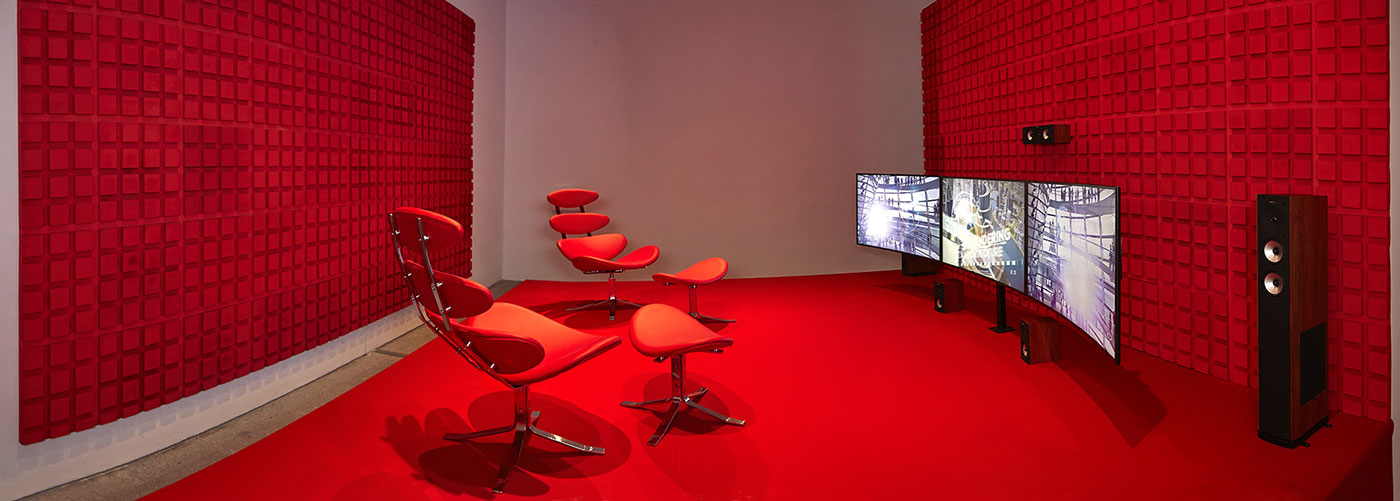The 9th Laureate
Hito Steyerl
Biography & Jury Statement
The Yanghyun Foundation (Eunyoung Choi, Chief Director), announced Hito Steyerl as the winner of the 9th Yanghyun Prize on October 2016.
She is awarded the 9th Yanghyun Prize as the honorable winner.
Hito Steyerl’s prolific filmmaking and writing occupies a highly discursive position between the fields of art, philosophy and politics, constituting a deep exploration
of the social and cultural imaginaries of current time. Steyerl is among the most proficient observers of our thoroughly globalized, digitized condition.
Her practice describes with heightened precision the fluidity and mutability of images; how they are produced, interpreted, translated, packaged, transported,
dispersed and consumed by a multitude of users.
Central to her work is the idea that global communication technologies – and the attendant mediation of the world through circulating images – have had a dramatic impact
on the fabric of our everyday lives as well as the notions of culture and subjectivity. Her work delves into pressing contemporary issues such as globalization, neoliberalism,
feminism, militarization, and the proliferation and mass dissemination of images and knowledge through digital technology.
Steyerl studied documentary filmmaking and her work is fundamentally documentary in form, featuring extensive research, composite imagery, interviews, montage,
and first-person voiceovers. In her films and intricate installations, Steyerl implements the methods and means of the digital world to her will, expertly employing a plethora
of readily accessible and over-familiar digital images. Her films and lectures have increasingly addressed the presentational context of art,
while her writing has circulated widely through publication in both academic and art journals, often online.
In a recent essay, “Too Much World: Is the Internet Dead?” (e-flux journal #49, November 2013), Steyerl proposed the term ‘circulationism’ as way of understanding
the contemporary condition of art and the image. She suggested: ‘What the Soviet avant-garde of the twentieth century called productivism – the claim that art
should enter production and the factory – could now be replaced by circulationism. Circulationism is not about the art of making an image, but of post-producing, launching,
and accelerating it. It is about the public relations of images across social networks, about advertisement and alienation, and about being as suavely vacuous as possible.’
Steyerl’s provocative yet highly informed speculation of images in the digital and mediatized world suggests new ways to intervene and engage such images.
In the world proliferated with indistinguishable images of information, advert, instruction, entertainment and mass destruction,
her work questions how we could retain autonomy and subjectivity.


























